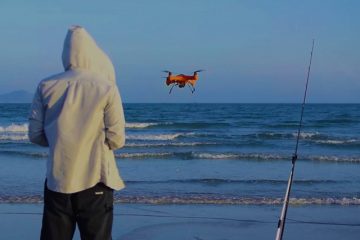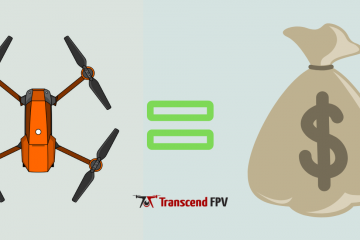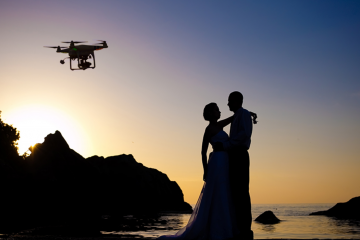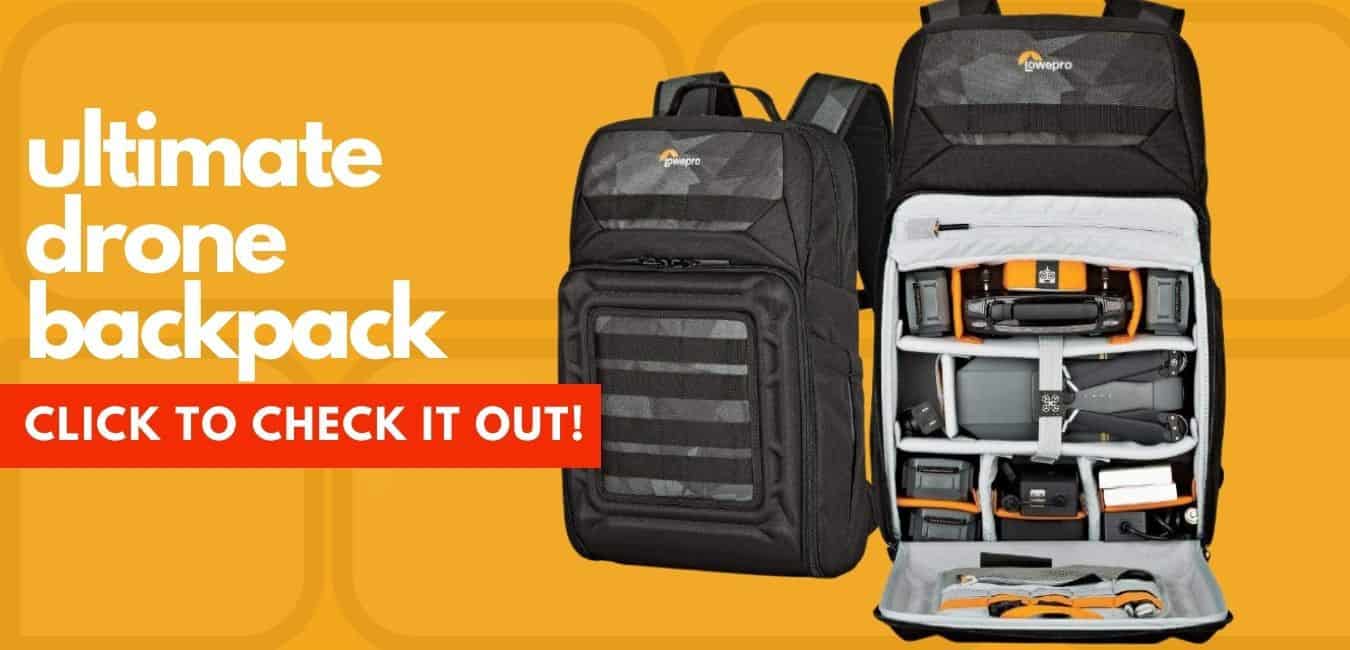How Much Wind Can THAT Drone Take?
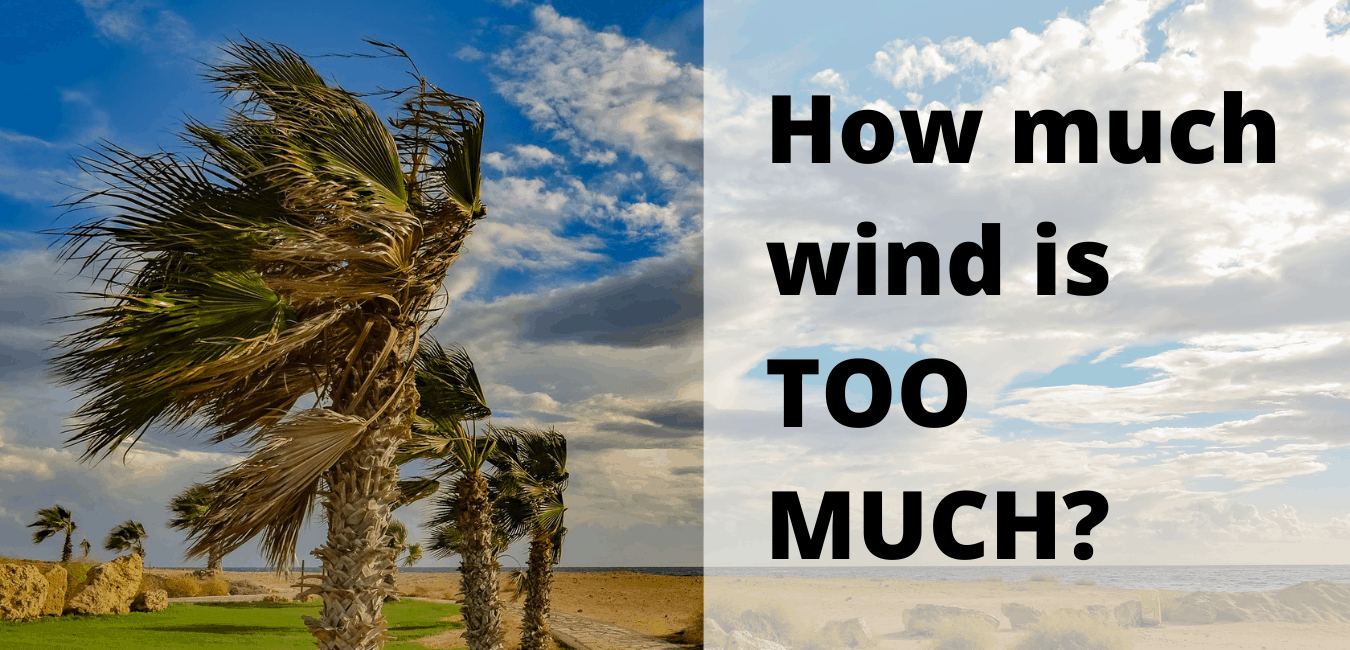
TranscendFPV is a reader supported product and review site. Clicking on links to learn more, or buy products, may earn us money, and support our work. Learn more about the history of TranscendFPV and our passion on our About page.
A wide variety of drones give pilots the option to fly in various wind conditions. Each drone performs differently depending on the type of wind it is flown in. Finding the drone that best suits your needs is crucial if you want to capture accurate data or great-looking images. So how much wind can each drone take?
Most drones have no issue flying in winds that are blowing below nineteen to twenty-four miles per hour. Strong winds above twenty-five miles per hour could cause significant problems when trying to fly your drone stably. Flying in winds exceeding thirty-five miles per hour is not advised.
Subject to which part of the country you reside in and the job the drone will be used for, choosing the right drone might be a difficult task. You can use this guide to help you make the right purchasing decision, to ensure that the drone you buy is up for anything mother nature can throw at it.
Quick Links
Different Drone Types
Drones are also recognized as Unmanned Aerial Vehicles. These UAVs are not limited to only quadcopter drones that companies like DJI have brought to the mainstream consumer market. Drones come in various shapes, sizes, and motor/propeller configurations. Here are a few different kinds of drones that are available on the market today.
Fixed-Wing Hybrid VTOL Drones
This type of drone combines rotary flight along with aerodynamics to keep it aloft. It has a very stable flight, and it is often used for preprogrammed flight routes. Amazon delivery services utilize these drones specifically to help them efficiently deliver packages to their consumers. Thanks to their ability to land vertically, they can be safely used in areas with limited landing space.
Single-Rotor Helicopter
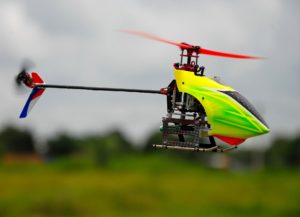
Think of this type of drone as your classic helicopter design. It has a single motor and a tail rotor. These drones can fly much longer than multi-rotor drones and can even utilize gas engines instead of electric motors. These single rotor drones are much less stable than multi-rotor drones when flown in high winds and require a reasonably skilled pilot to operate safely.
Fixed-Wing Drones
These drones are specifically designed for long flights because of their use in surveillance and mapping. When paired with a gas engine, these drones can fly up to sixteen hours or more. These drones are much harder to fly than their consumer-friendly counterparts and require hours of training to be flown effectively.
In order to launch these kinds of drones, you will need to take off from a runway of sorts and might require something akin to a parachute or net to safely land the drone if a runway is no longer available after its flight has been completed.
Multi-Rotor Drones
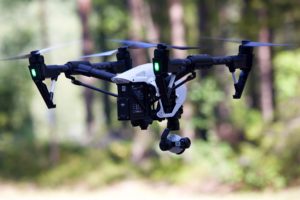
Multi-rotor drones come in various configurations. They are available in three, four, six, and eight motor variants. The variant most people are familiar with is the quadcopter (4 motors and propellers). These drones are cheap to manufacture and easy to fly.
It’s no wonder why the general public has made these drones their drone of choice. They do not have as much flight time or endurance, and speed as some of their more specialized competitors, but they are unmatched in consumer-friendly design and instructions and offer outstanding video and photo quality thanks to their gimbaled camera setups.
Different Wind Conditions
Before taking your drone up into the air, you always need to pay attention to the wind conditions in the area you are attempting to fly in. A light breeze probably won’t affect your drone in any meaningful way. However, a strong gale wind might tear it out of the sky and shatter it into a million pieces on the ground below. So what exactly are the five different strength winds?
Calm
Calm winds are generally less than one mile per hour and pose no threat to your drone. Calm winds are perfect for cruising flights. A quick way to check if the wind is favorable is to light a candle. If the smoke rises straight up, you’re good to go.
Light Breeze
Light breezes typically travel between four and seven miles per hour. A light breeze is ideal for taking your drone up as it will help your drone stay up in the air more efficiently. You can identify a light breeze by listening to the sound leave makes in the wind. If you hear a slight rustle, all signs point to go.
Fresh Wind
Fresh winds are where things start to become a little tricky. A fresh wind blowing against your drone between nineteen to twenty-four miles per hour could cause some troubles when attempting to land your drone. The drone might not be able to land accurately and could run the risk of tipping over as it tries to do so. Aside from landing, fresh winds pose no threat to drones mid-flight.
Strong Wind

Drone pilots are strongly advised not to fly in strong winds that travel between twenty-five and thirty-one miles per hour. These winds are strong enough to blow branches away and will do the same to your drone. The chances of having your drone overexert its motors and crashing to the ground are exceptionally high when attempting to fly in strong winds.
Gale Wind
Gale force winds travel between thirty-nine and forty-six miles per hour. These winds are strong enough to make it difficult for people to walk through, let alone fly in. Unless you have a purpose-built drone designed for gale winds, it would be impossible to fly accurately and safely.
Different Drones In Different Wind Conditions
Now that we have covered what the different types of drones are available and what kinds of winds we have to deal with let us break down how each type of drone handles the wind.
Fixed-Wing Drones
Fixed-wing drones fly best when flown in light winds. A fixed-wing drone’s material and aerodynamic shape plays a crucial role in how well it can handle higher wind speeds. If a fixed-wing drone is flown in winds that are too strong, its stability and image quality could be affected.
Fixed-wing drones, once airborne, can carry much heavier equipment than their multi-rotor counterparts. For this reason, fixed-winged drones are often used in the surveying industry.
Fixed-wing drones should not be flown in winds exceeding ten miles per hour.
Multi-Rotor Drones
Multi-rotor drones perform best in light to fresh winds and are rated up to a maximum of thirty-five miles per hour winds in some models, depending on the manufacturer.
One thing to note is when a multi-rotor drone is used in a high wind environment. Its flight time will be significantly decreased as it battles to keep a stable flight path.
Multi-rotor drones are often utilized in the film-making industry due to their ability to mount a big camera on a stable gimbal platform. This combination of camera and gimbal, coupled with the drone’s flight stabilization sensors, allows the drones to capture excellent footage with relative ease.
VTOL Drones
VTOL drones struggle the most out of any drones during the takeoff phase in higher winds. These types of drones often need to be placed parallel to the wind for them to launch successfully.
Although VTOL drones are designed for higher wind speeds, you shouldn’t fly VTOL drones in winds exceeding twenty-seven miles per hour to get the best picture quality possible.
If the wind is blowing in excess of ten miles per hour, you should exercise caution when landing. The probability of the drone tipping over as it closes in on its landing spot increases with higher wind speeds.
Conclusion

Modern drones are designed to handle various wind conditions, and their ability to tolerate higher wind speeds will only get better as the technology powering them matures. When buying a drone, consider what type of industry the drone would best be suited for and which geographic location it will most likely be flown in.
Whether for recreation or business purposes, most drones will perform just fine on a nice, clear, calm day. Always check your local weather forecasts prior to departure and ensure you have enough space when taking off and landing just in case the wind blows your drone towards curious onlookers.
